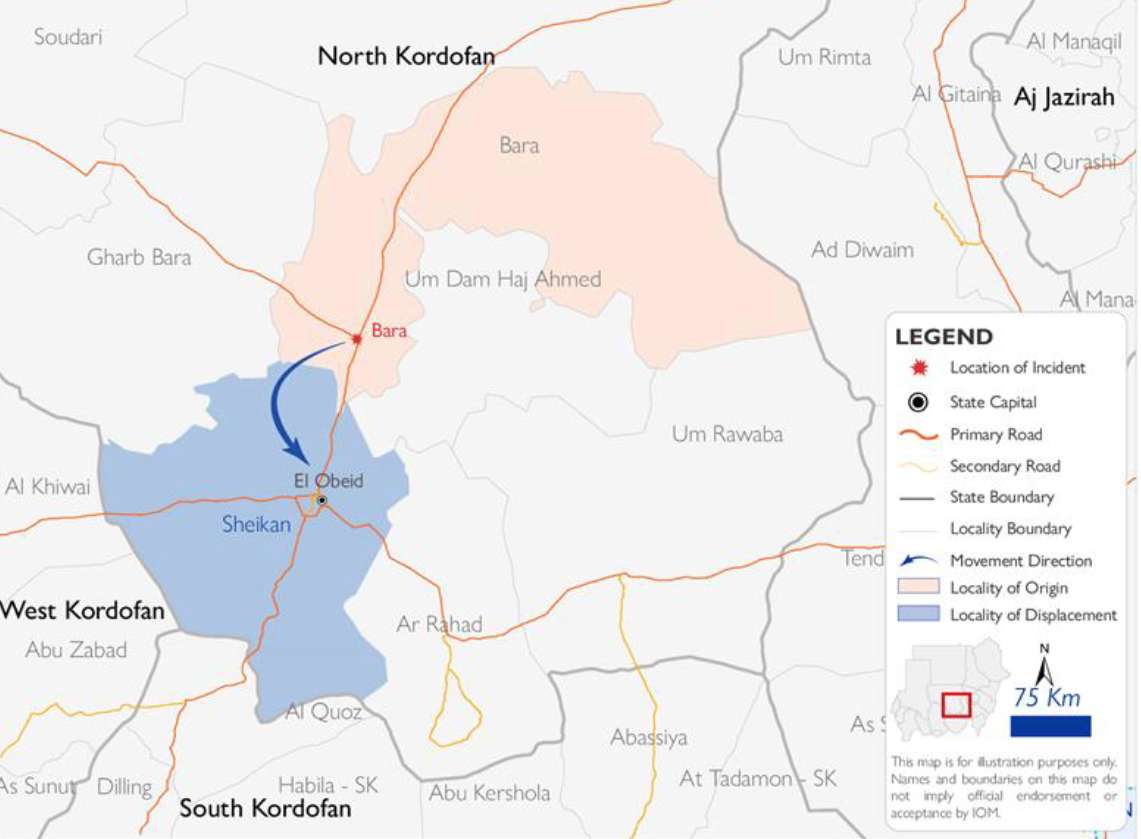In Kordofan, every heartbeat of war measures the distance between artillery, drones, and international law. It is not merely a region of Sudan: it is a laboratory of modern warfare, where strategy, logistics, and international law intersect with surgical precision.
by Cristina Di Silvio
Kordofan, laboratory of modern warfare
Today, Kordofan stands as an operational theater where tactics, logistics, geopolitics, and international law converge. Regular forces and local militias operate amid artillery, armored vehicles, ISR drones, and critical supply convoys, while the protection of civilians, hospitals, essential infrastructure, and natural resources is strictly regulated by the Geneva Conventions and Additional Protocol I. This article offers concrete data on troop deployments, armaments, and threat scenarios, providing a comprehensive operational and legal framework of the ongoing conflict.

Regular forces number approximately 8,500 personnel, organized into 10 mobile brigades of 600–900 soldiers each, supported by 12 artillery batteries (122 mm and 155 mm) and four mortar platoons (82 mm and 120 mm), as well as roughly 40 T-55 tanks and 60 BMP-1/2 infantry fighting vehicles.
These units are deployed along critical logistical corridors connecting Khartoum, El Obeid, and the oil fields of Heglig and Al Fula. Local militias, fragmented yet highly agile, operate in units of 50–150 fighters, armed with RPG-7s, PKMs, and modified 4×4 vehicles. They favor guerrilla tactics, ambushes, and rapid strikes along secondary routes. Supply convoys, averaging 500 tons of fuel and ammunition per month, sustain operational continuity for at least three weeks. Civilian protection along these arteries is not optional: Article 3 common to the Geneva Conventions and Article 57 of Protocol I impose preventive measures to minimize collateral damage during offensive maneuvers. Hospitals and medical facilities enjoy protected status (Article 12, Fourth Geneva Convention) with a 500-meter operational buffer. Schools, bridges, and other critical infrastructure (Articles 52 and 54, Protocol I) are continuously monitored via ISR drones such as the Wing Loong II and Bayraktar TB2, mitigating the risk of unintended damage.
Natural resources, including oil fields, are safeguarded under Article 55 of Protocol I: their deliberate destruction as a weapon against the civilian population constitutes a war crime. At Heglig and Al Fula, platoons of 120–150 soldiers, supported by precision artillery and UAV surveillance, secure strategic sites against sabotage and enemy attacks, ensuring regional energy stability. On-the-ground risks include attacks on logistical convoys, ambushes of mechanized patrols, and raids targeting civilian infrastructure. Regular brigades conduct precision interdictions with 82–120 mm mortars and 155 mm artillery, while ISR drones and acoustic sensors guarantee surgical accuracy. Every operation adheres to the principles of distinction and proportionality (Articles 48 and 51, Protocol I) and ensures safe evacuation corridors for civilians.
Observers in Kordofan hear the roar of mortars, the persistent buzz of drones, and the taut vigilance of soldiers on patrol. Analysts recognize that every tactical decision is constrained by international law. Kordofan is more than a local front: it is a manifesto of contemporary warfare, where precision, strategy, and international law converge in a delicate equilibrium, and where every heartbeat of war leaves an indelible mark on both the terrain and the memory of those who bear witness.